AFI
SOURCE: AFI


Recent pictures have surfaced of a new Chinese airborne early warning and control (AEW&C) aircraft, reportedly based on the four-engine Y-20 cargo plane. This development marks a significant advancement in China’s efforts to modernize its military aviation capabilities. With a robust AEW&C fleet largely composed of smaller turboprop platforms, this large, jet-powered AEW&C aircraft could serve as a successor or complement to the limited number of KJ-2000 Mainrings, which are built on the Russian Il-76 Candid airframe.
The adaptation of the Y-20 cargo plane into an AEW&C platform highlights China’s strategic foresight in leveraging indigenous designs for multiple roles. The Y-20, developed locally, provides a versatile platform with the payload capacity, range, and avionics suite to support various military applications. This move underscores the importance of self-reliance in developing military aviation infrastructure to meet evolving operational requirements.
Continue readingSOURCE: AFI
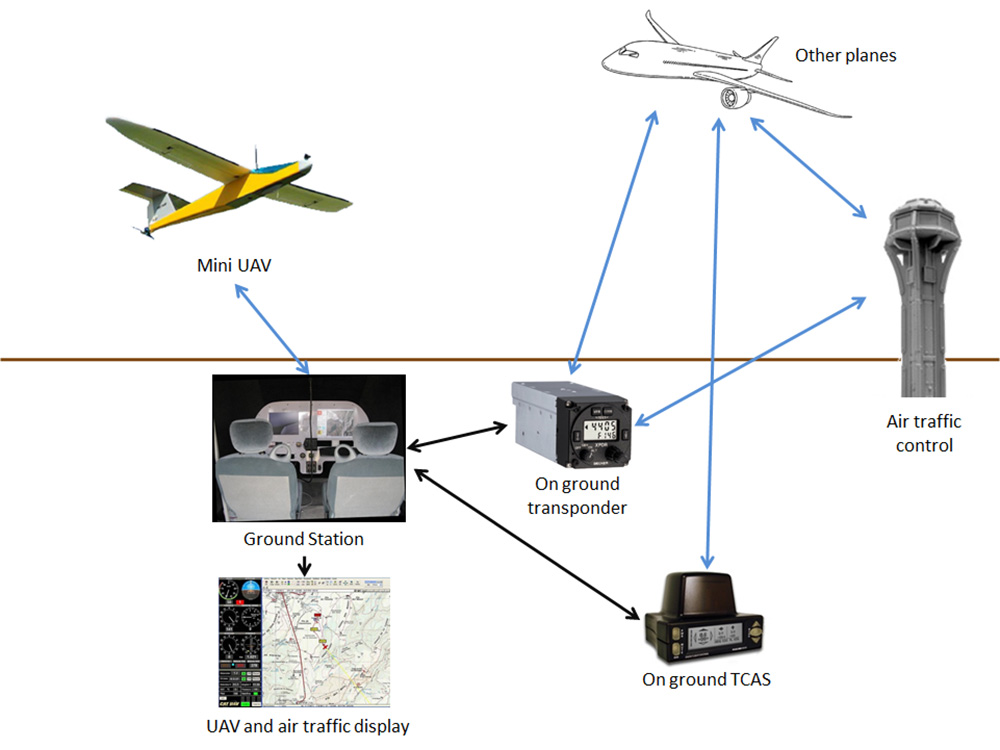

The Aeronautical Development Establishment (ADE) is pushing the boundaries of unmanned aerial vehicle (UAV) technology by developing an innovative sensor suite named “Due Regard Radar”. This initiative is part of ADE’s broader effort to enhance the safety and operational capabilities of UAVs through advanced Sense and Avoid systems.
The Due Regard Radar is designed to meet the critical requirement of non-cooperative detection, tracking, and avoidance of other aircraft, ensuring that UAVs can operate safely in shared airspace. Named after the International Civil Aviation Organization (ICAO) mandate for military aircraft to be flown with “Due Regard for the safety of navigation of civil aircraft”, this radar aims to provide UAVs with the ability to navigate complex airspace environments autonomously.
Continue readingSOURCE: AFI


Following the initial unveiling by popular open-source intelligence expert Damien Symon, new images have emerged showcasing the near-completion of Pakistan’s first spy ship, PNS Rizwan. Constructed by the People’s Liberation Army Navy (PLAN), this vessel marks a significant enhancement in Pakistan’s naval intelligence capabilities.
The PNS Rizwan, originally designated as an offshore supply ship, measures 87.2 meters in length with a beam of 19 meters. The ship features three prominent domes, believed to house sophisticated tracking equipment and radars. These features suggest that PNS Rizwan is equipped to perform extensive surveillance and intelligence-gathering missions, a critical facet in modern naval warfare.
Continue readingSOURCE: AFI


In a significant stride towards enhancing the combat readiness of India’s armed forces, Indo-Russian Rifles Private Limited (IRRPL) has successfully delivered 35,000 AK-203 rifles to the Indian Army. This delivery marks a crucial step in equipping our soldiers with one of the most reliable and modern assault rifles available, ensuring they have the best tools to defend our nation’s sovereignty.
The AK-203, affectionately dubbed ‘Sher’ (Tiger) by the troops, has received exceptional feedback from the brave officers and soldiers of the Indian Army. Their positive reception underscores the rifle’s effectiveness in various operational scenarios, from high-altitude warfare to counter-insurgency operations, validating IRRPL’s commitment to quality and performance.
Continue readingSOURCE: AFI


In a landmark move for India’s manufacturing sector, PTC Industries’ subsidiary, Aerolloy Technologies, has successfully commissioned the country’s first private sector Vacuum Arc Remelting (VAR) furnace, heralding a new era in domestic production of aerospace-grade titanium alloy ingots. The ceremony took place today in Lucknow, marking a significant step towards self-reliance in critical aerospace materials.
The newly inaugurated facility, sourced from Germany, boasts an impressive annual melting capacity of 1,500 metric tonnes (MT). It is capable of producing titanium alloy ingots with diameters up to 1,000 mm, catering to the stringent requirements of the aerospace industry. This development not only elevates India’s status in the global aerospace manufacturing landscape but also aligns the nation with elite countries like the United States, Russia, China, France, and the United Kingdom, known for their prowess in high-grade titanium production.
Continue readingSOURCE: AFI


Tarmak Media House (TMH) has released exclusive images of the ADE-developed Archer Short-Range Unmanned Aerial Vehicle (SRUAV), showcasing the UAV in its latest manufacturing phase. The revamped Archer, distinct from the earlier Rustom-1 and unrelated to the NG variant, is nearing its first flight in its new configuration.
The Archer SRUAV has undergone significant design enhancements, including a lightweight airframe manufactured by Godrej, which has reduced the UAV’s weight by 80 kg. This reduction has not only improved its agility but also enhanced its payload capacity, allowing it to carry anti-tank weapons and bombs of equivalent weight. Archer’s revamped airframe positions it as an ideal platform for Intelligence, Surveillance, Target Acquisition, and Reconnaissance (ISTAR) missions, as well as armed roles.
Continue readingSOURCE: AFI
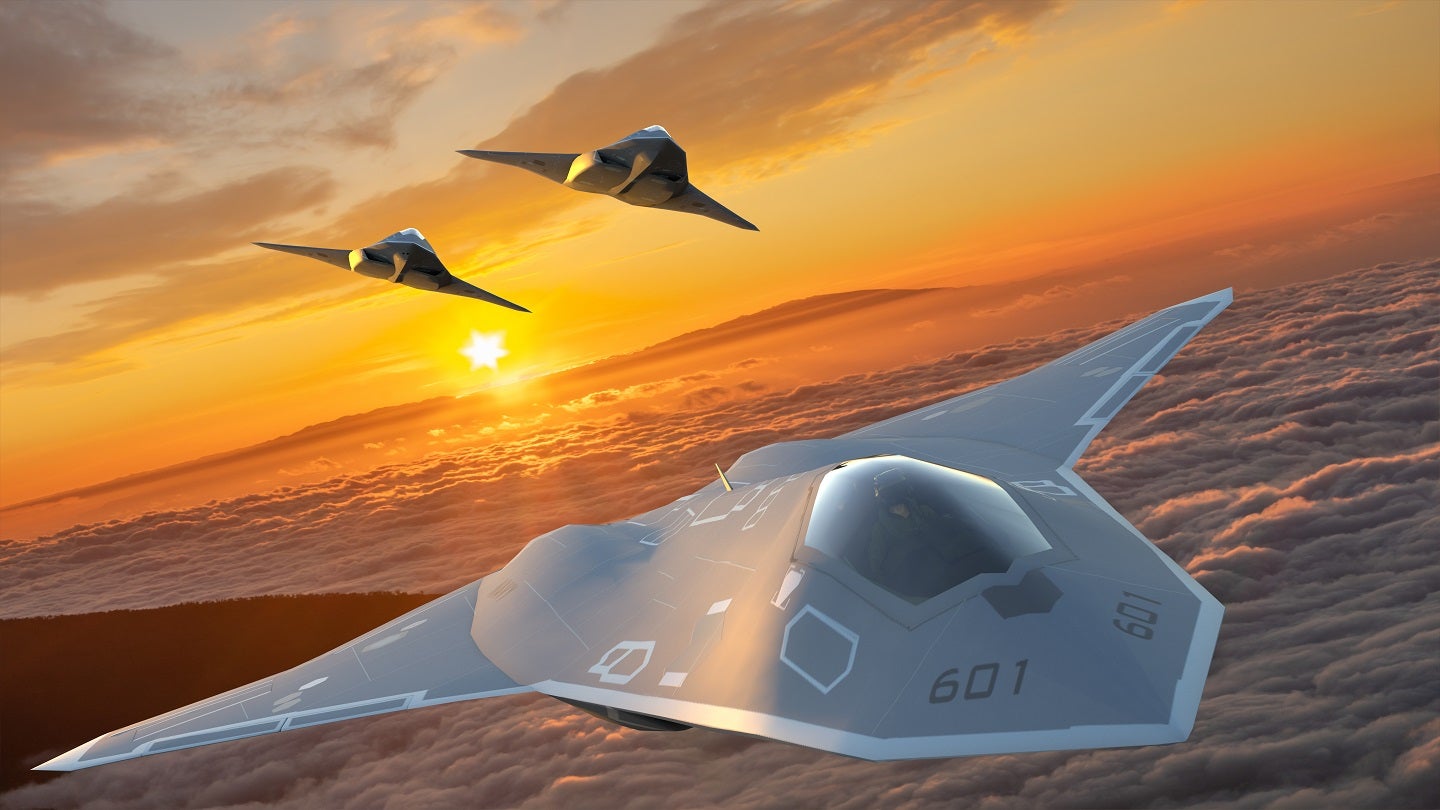

The United States Air Force’s ambitious Next-Generation Air Dominance (NGAD) fighter program is facing a critical reassessment, echoing the fate of the F-22 Raptor with potential for limited production numbers. Air Force Secretary Frank Kendall announced a pause on the NGAD program back in July 2024, following concerns over budget constraints, technological advancements, and the evolving threat landscape, particularly from armed drones.
The reassessment, led by acquisition chief Andrew Hunter and Vice Chief of Staff General James Slife, aims to scrutinize the program’s requirements in light of new technological developments and strategic necessities. The NGAD, envisioned as a sixth-generation stealth fighter to replace the aging F-22 Raptors, was initially projected to cost around $250 million per aircraft, a figure that has raised significant budgetary concerns.
Continue readingSOURCE: AFI
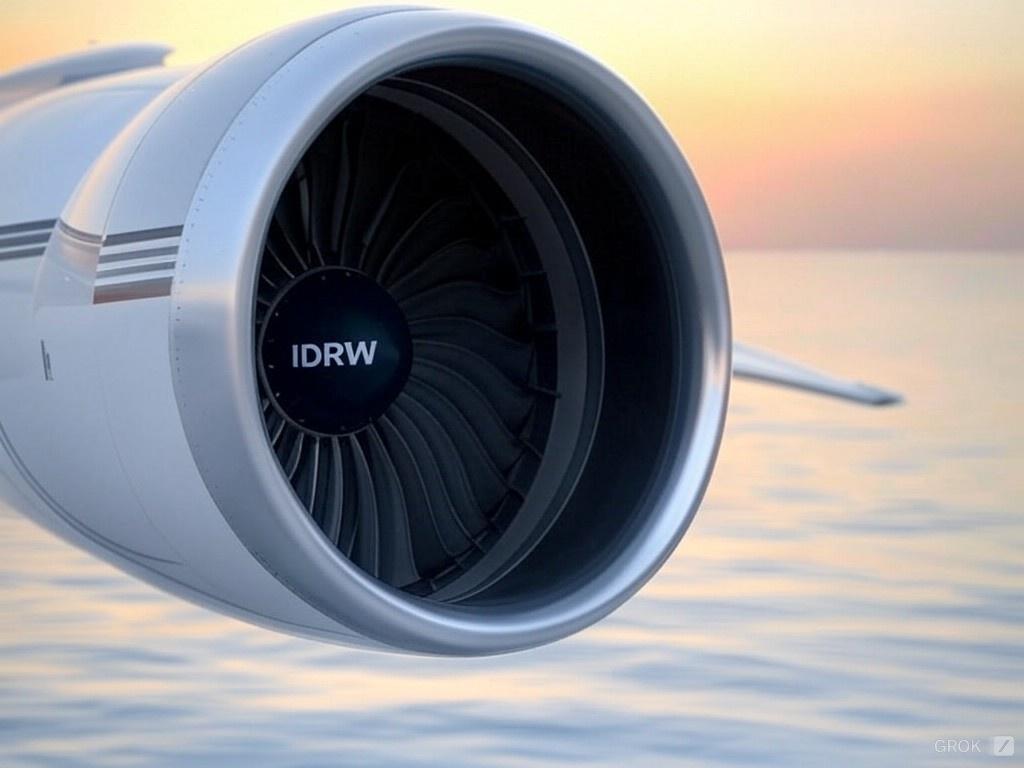

The aerospace industry has long been a battleground for technological supremacy, where nations leverage both innovation and acquisition strategies to bolster their military capabilities. China’s historical approach of reverse-engineering foreign aircraft has often been cited as a model of success, enabling it to bridge technological gaps at a lower cost while simultaneously educating its own workforce. Models like the J-11, J-15, J-16, Y-20, J-20, J-35, and J-7 are testament to this strategy. This raises a pertinent question for India: Should it adopt a similar approach?
Proponents argue that reverse engineering could provide India with several strategic advantages.
Continue readingSOURCE: AFI


In a daring New Year’s celebration, Prateek Dhawan, co-founder of the innovative Indian aerospace startup DG Propulsion, decided to combine the thrill of the new year with the prowess of his company’s latest achievements. Following the successful test of their 100kg engine, Dhawan chose to test the limits of fun and physics by attaching the DG J40, a smaller but still potent jet engine, to a bicycle. Here’s how the adventure unfolded:
The experiment began with the DG J40 at idle thrust. The bike moved forward smoothly, giving Dhawan and the small crowd of onlookers confidence in the setup. The engine’s hum was a gentle reminder of the technology’s capability, even in its least aggressive setting.
Continue readingSOURCE: AFI


India has recently issued a Notice to Airmen (NOTAM) for a military firing exercise scheduled to take place from January 15 to January 17, 2025, around the Andaman and Nicobar Islands. This exercise will cover a designated range of approximately 370 kilometers, indicating the potential test of a significant missile system.
While the specifics of the missile to be tested remain undisclosed, experts and observers speculate that it could be the BrahMos supersonic cruise missile. BrahMos, known for its versatility, can be launched from warships or fighter jets, enhancing India’s strategic capabilities in the region. The Andaman and Nicobar Islands, located in the Bay of Bengal, provide an ideal setting for such tests due to their strategic position near critical maritime routes like the Malacca Strait.
Continue readingSOURCE: AFI
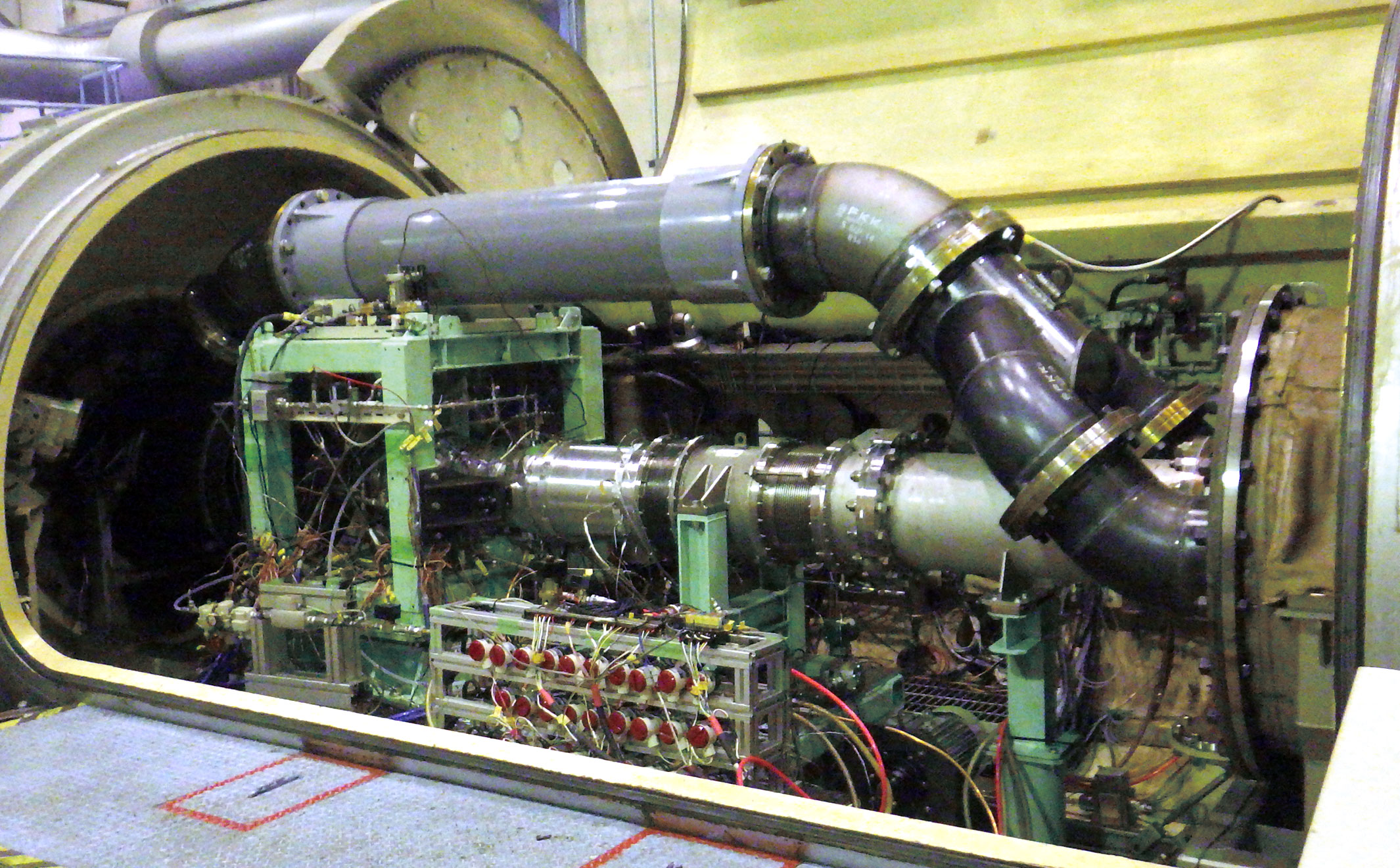

The Gas Turbine Research Establishment (GTRE), a premier lab under India’s Defence Research and Development Organisation (DRDO), has put forward a proposal to establish a state-of-the-art high-altitude test facility. This facility aims to simulate conditions at altitudes above 40,000 feet, providing a critical platform for the thorough testing and analysis of jet engine performance under conditions that closely mimic operational environments.
The proposed investment of ?1600 crores would enable GTRE to domestically conduct tests that are currently outsourced, particularly to facilities like the Central Institute of Aviation Motors (CIAM) in Russia. The absence of such a facility in India has been a significant bottleneck in the development of indigenous jet engines, including the much-discussed Kaveri engine and its derivatives, which are pivotal for the success of projects like the Advanced Medium Combat Aircraft (AMCA).
Continue readingSOURCE: AFI
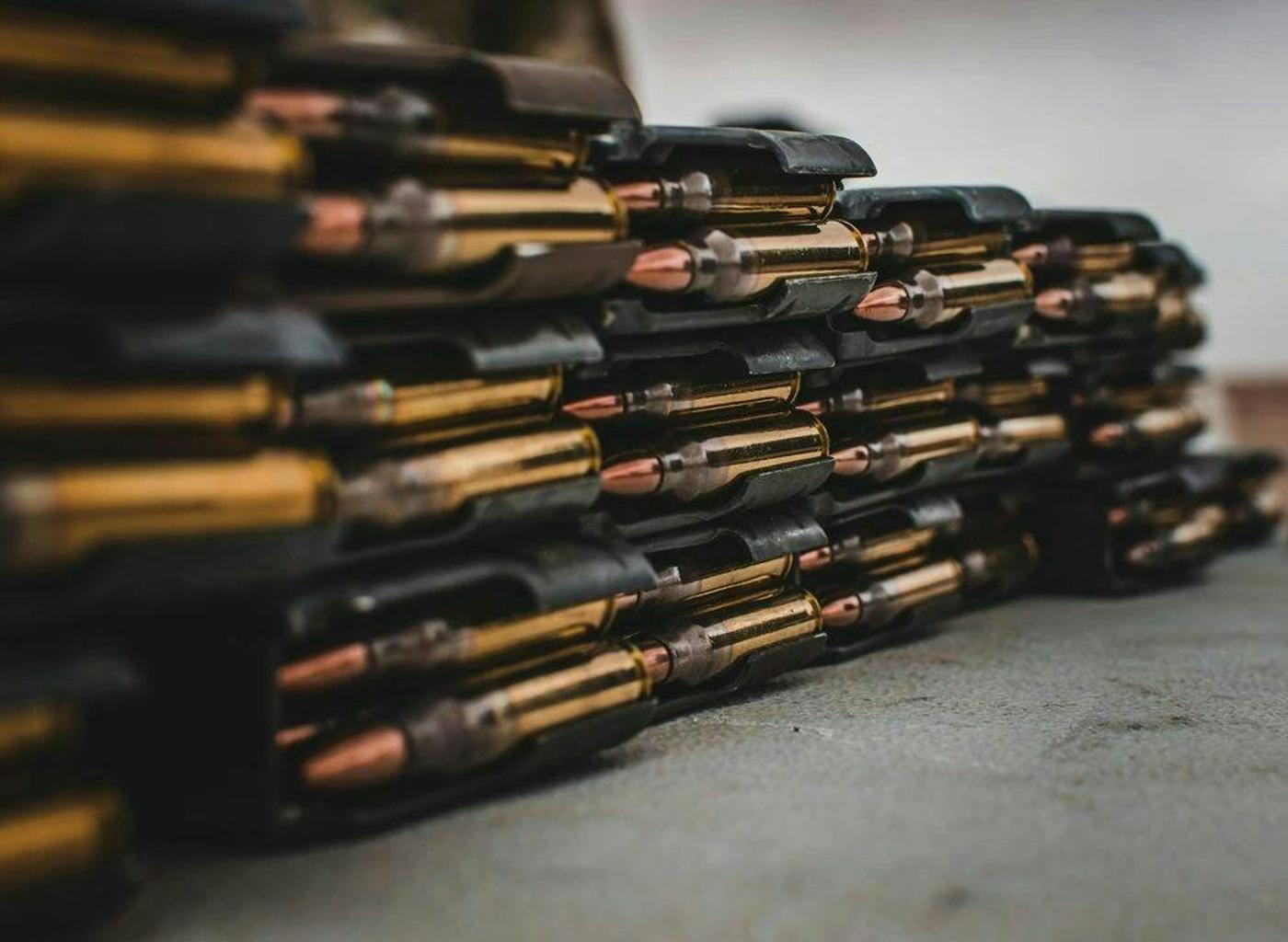

The Ministry of Defence (MoD) of India has marked a significant milestone in its journey towards self-reliance in military capabilities by indigenising the production of 154 out of 175 ammunition variants required by the Indian Army. This achievement represents an impressive 88% indigenisation rate, as part of a strategic 10-year plan to achieve complete self-sufficiency in firepower, crucial for enduring prolonged warfare scenarios.
This drive towards indigenisation is part of a broader initiative to reduce India’s dependence on foreign arms imports, aligning with the government’s ‘Make in India’ and ‘Aatmanirbhar Bharat’ (Self-Reliant India) campaigns. The MoD’s focus has been on ensuring that the Indian Army can maintain operational readiness without the vulnerabilities associated with supply chain disruptions from foreign suppliers.
Continue readingSOURCE: AFI


In recent developments from the Chinese aerospace industry, a sixth-generation fighter jet, believed to have made its maiden flight on December 26, 2024, has captured the attention of military analysts worldwide. Japanese defense experts have commented on this new aircraft, with some reactions encapsulated in the phrase, “China is amazing,” hinting at a possibly orchestrated narrative of Chinese technological superiority. However, beneath this surface praise, there lies a more critical and skeptical analysis.
The jet’s design has been a focal point for Japanese analysts, particularly its unique three-engine configuration. One expert noted, “The first thing worth pointing at and laughing at is that it’s a three-engine aircraft.” Historically, adding an extra engine to aircraft, often seen during wartime conversions of transport planes into bombers, was more out of necessity due to insufficient power than a choice for advanced design. The placement of the engine intakes is another point of contention. With one intake positioned at the rear of the cockpit, it’s described as “just ridiculous” by some, drawing comparisons to more experimental or fictional aircraft designs like the Focke-Wulf or those from anime series like “Yukikaze” and video games like “Ace Combat.”
Continue readingSOURCE: AFI


In a significant boost to India’s defense capabilities, Bengaluru-based Tonbo Imaging has confirmed the dispatch of the second lot of Arjun Thermal Imaging (TI) Sights under a capital procurement contract for Medium Machine Guns (MMGs) for the Indian Army. This development marks Tonbo Imaging’s steadfast commitment to providing cutting-edge night vision and imaging solutions to the nation’s military forces.
The announcement was made with a sense of national pride, emphasizing the indigenous design and manufacturing of the Arjun TI Sights. “Proudly #madeinindia, for #India!” was the celebratory message from Tonbo Imaging, highlighting their role in supporting India’s defense autonomy and innovation as the country moves into 2025.
Continue readingSOURCE: AFI

In a significant stride towards enhancing naval capabilities, Hyderabad-based Navstar Integrated Systems Pvt. Ltd has announced the successful development of a series of multifunction antenna systems specifically designed for submarines. This innovation aims to consolidate various communication and navigation functions into a single, streamlined system, thereby reducing the complexity and footprint on submarine platforms.
Navstar’s new antenna suite includes:
Continue reading